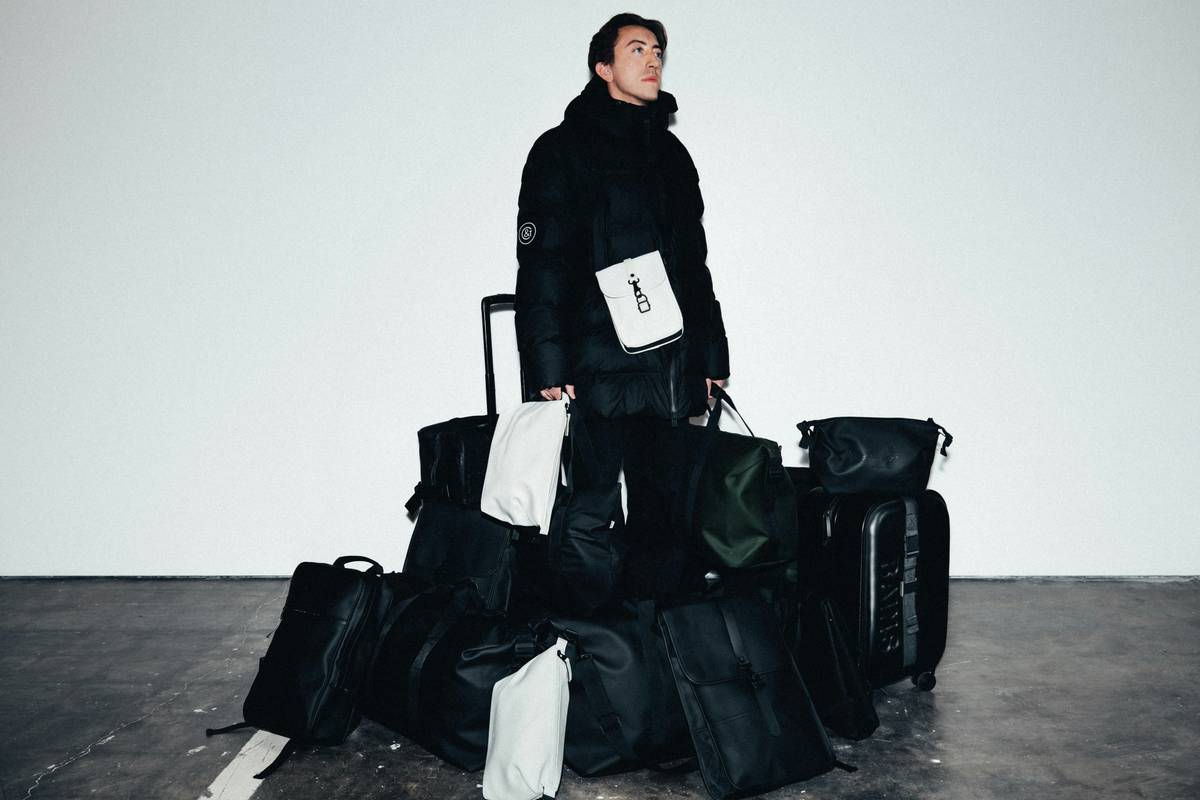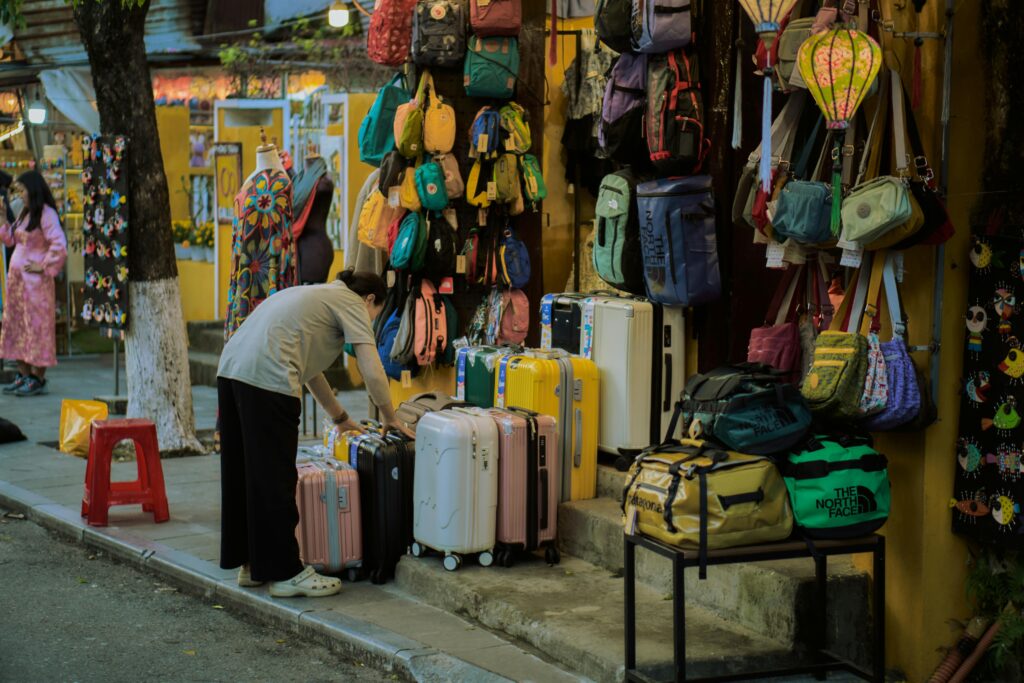Ever landed at your dream destination only to find your suitcase has turned into an accordion? Yeah, me too. That’s exactly what happened when I brought my $20 bargain-bin suitcase on a trip to Iceland. It didn’t just crack—it practically exploded under the weight of duty-free whisky bottles and volcanic rock souvenirs. Lesson learned: if your luggage isn’t built to handle life’s curveballs, you’re setting yourself up for disaster.
In this post, we’re diving deep into the world of protective hardshell suitcases. You’ll learn why they’re worth investing in, how to pick the perfect one for your adventures, and some brutally honest advice about avoiding common mistakes travelers make. Let’s roll out!
Table of Contents
- Why a Protective Hardshell Suitcase Is Worth It
- How to Choose the Perfect Hardshell Suitcase
- Top Tips for Traveling Smart with Hardshells
- Real-Life Stories of Hardshell Heroes
- Frequently Asked Questions About Hardshell Luggage
Key Takeaways
- Protective hardshell suitcases are designed to withstand rough handling, extreme weather, and overpacking.
- Picking the right size, material, and features can significantly enhance your travel experience.
- Avoid cheap imitations—they may look good but will break faster than you can say “luggage carousel.”
Why a Protective Hardshell Suitcase Is Worth It
Let’s get real—softshell suitcases have their perks. They squish down nicely in overhead compartments, and let’s face it, they’re lighter. But protective hardshell options? Oh man, they’re like having a bodyguard for your belongings.
“Optimist You:” “But isn’t hardshell more expensive?”
“Grumpy Me:” “Ugh, yeah, but only until you factor in all the ruined electronics, clothes soaked from spilled liquids, or busted zippers that softshells expose you to.”

Image: A protective hardshell (left) vs. a flimsy softshell (right).
Shocking stat alert: Airlines mishandle approximately 8 out of every 1,000 bags checked. Translation? If you travel frequently, your bag is statistically likely to take a beating at least once. And when that happens, would you rather rely on fabric or polycarbonate armor?
How to Choose the Perfect Hardshell Suitcase
Step 1: Know Your Materials
Not all hardshells are created equal. Here’s the lowdown:
- Polycarbonate: Lightweight, flexible, and durable. Like peanut butter to jelly, it pairs perfectly with frequent flyers.
- ABS Plastic: Affordable and sturdy but heavier. Think of it as the dependable older sibling.
- Aluminum: Sleek and indestructible—but pricey and prone to dents. This one’s for the luxury crowd.
Step 2: Size Matters
Heading to Paris for a weekend? Get a carry-on. Going on a three-week trek through Patagonia? Opt for checked luggage. Pro tip: Always check airline restrictions before buying.
Step 3: Features Galore
Don’t forget these must-haves:
- TSA-approved locks
- Smooth spinner wheels (because nobody got time for dragging)
- Expandable compartments (for those impulse buys)

Image: Spinner wheels making airport navigation effortless.
Top Tips for Traveling Smart with Hardshells
- Invest in Quality: Save now, cry later—or spend wisely upfront and avoid tears altogether.
- Dress It Up: Use stickers or straps to personalize your hardshell. It helps prevent mix-ups at baggage claim.
- Pack Strategically: Keep heavier items closer to the wheels for better balance.
- The One Terrible Tip: Don’t overload your suitcase because “it’s strong.” Even Godzilla has limits.
Real-Life Stories of Hardshell Heroes
Rant time: Nothing annoys me more than watching someone drop a suitcase off a conveyor belt as if it were a sack of potatoes. But guess what saved Sarah’s laptop during her last-minute business trip? Yep, her trusty protective hardshell case absorbed the fall flawlessly.
Then there’s David, whose suitcase survived being tossed onto a tarmac in monsoon rain. His clothes inside? Dry as a bone thanks to the waterproof shell. True story.

Image: Surviving storms with style.
Frequently Asked Questions About Hardshell Luggage
Are hardshell suitcases heavier than softshell ones?
Yes, slightly. But modern materials like polycarbonate keep the weight manageable while offering superior protection.
Can I use hardshell suitcases as cabin baggage?
Absolutely! Most brands offer sleek designs tailored for carry-on dimensions.
Do scratches show easily on hardshell cases?
Depending on the color and finish, yes. Opt for darker shades or textured finishes to minimize visible wear.
Conclusion
If there’s one thing we’ve learned, it’s that protective hardshell suitcases aren’t just accessories—they’re investments in peace of mind. From protecting against rogue baggage handlers to keeping your gear safe in unpredictable conditions, they earn their keep each journey.
So go ahead, grab that sleek polycarbonate wonder, slap on some cool stickers, and jet off knowing your belongings are snug and secure. Bon voyage!
Like a Tamagotchi, your luggage needs daily care. Treat it well, and it won’t ghost you mid-flight.


